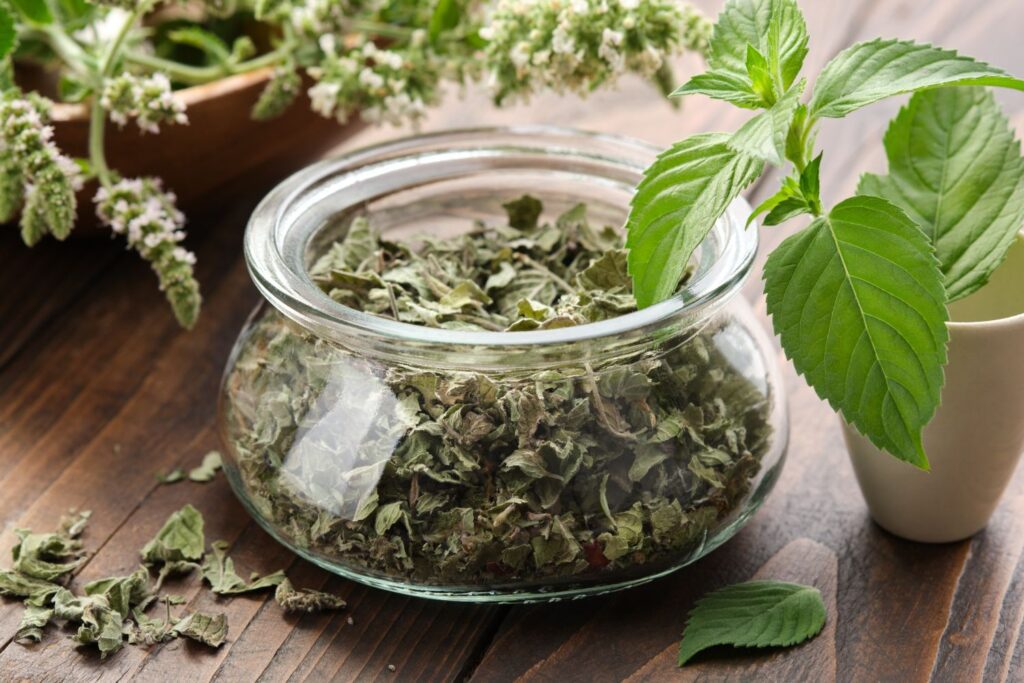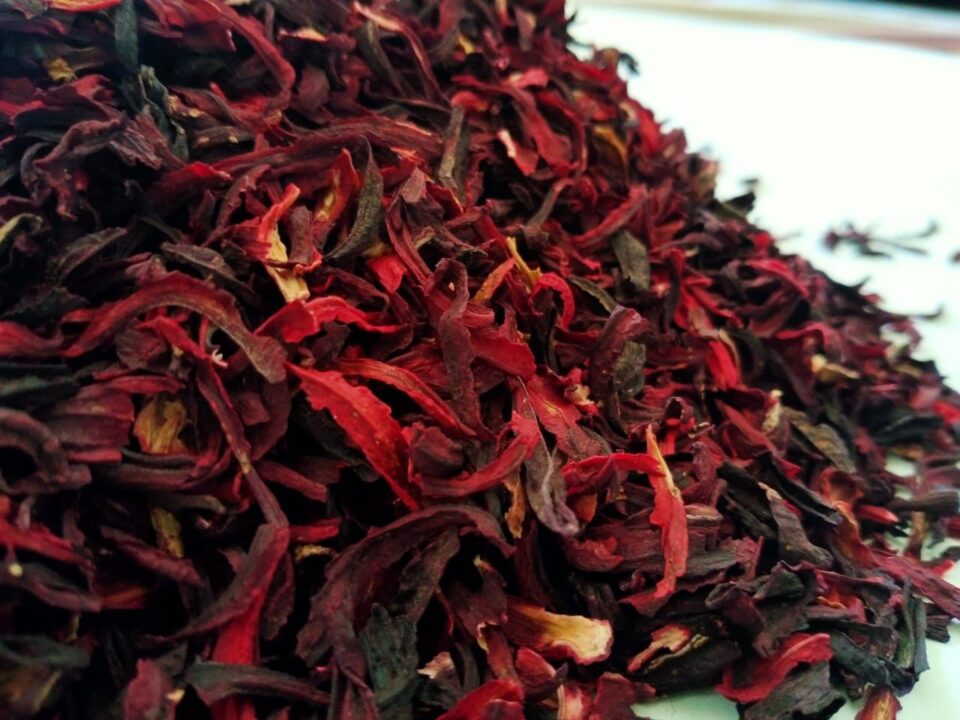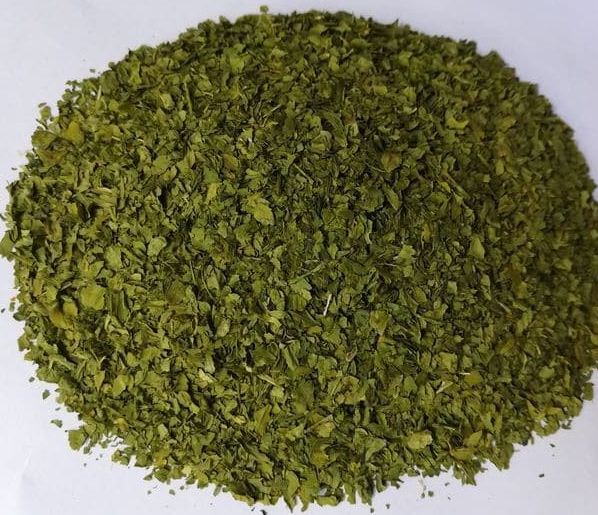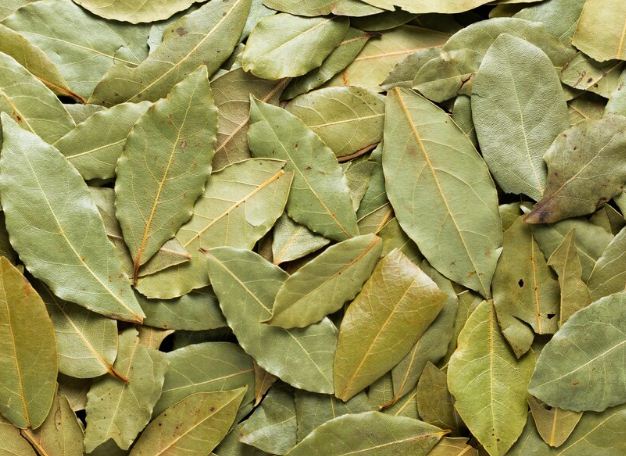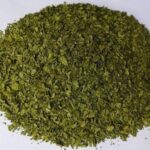


Dried parsley for export to Brazil
September 23, 2025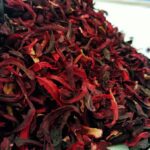


كركديه مصري للتصدير لروسيا
October 1, 2025Dried Mint for Export to Brazil. Dried mint (Mentha spp.) is one of the most important aromatic herbs, with increasing demand in global markets. Brazil is a promising market for this product due to its growing food, pharmaceutical, and cosmetic industries. Mint is widely used in the manufacture of tea, herbs, soft drinks, sweets, and healthcare products, making it a strategic export opportunity for Egyptian exporters and other herb-producing countries. Exporting dried mint to Brazil requires a thorough understanding of market needs as well as adherence to strict international and Brazilian specifications and standards to ensure product quality and end-consumer satisfaction. The most important export specifications for dried mint are bright green to dark green in color, with a strong, refreshing aroma and a distinctive, natural taste, free of bitterness or any foreign flavors. The moisture content should not exceed 8–10% to ensure product stability during transport and storage, and a purity of at least 99%, free of impurities such as stems, dirt, or other contaminants. The product must also be free of mold, insects, added chemicals, and artificial colors, and must comply with global food safety standards such as ISO, HACCP, and Codex Alimentarius, as well as Brazilian health and agricultural regulations. In terms of packaging, dried mint is typically exported in multi-layer food-grade polyethylene containers or paper bags weighing between 10 and 25 kg. The double layer protects the product from moisture, light, and air to maintain its freshness and quality throughout shipment to Latin America. Labels must clearly include the product name, country of origin, net weight, harvest date, and batch number, and quality analysis certificates are available upon request from importers in Brazil. Storage conditions are a crucial factor, as mint is recommended to be stored in cool, dry places away from direct sunlight, with a shelf life of 12 to 24 months, depending on the storage method. At the microbiological and chemical levels, the product must comply with internationally permitted limits for pesticide residues, heavy metals, aflatoxins, and microbial counts, a prerequisite for entry and continued operation into the Brazilian market. By adhering to these export specifications, exporters can secure a competitive advantage in Brazil, where demand for natural and healthy ingredients is growing. This makes dried mint for export to Brazil a high-potential product not only in the food and beverage industries, but also in the cosmetics, herbal medicine, and aromatherapy sectors. This gives Egyptian products a strong opportunity to expand into Latin America's largest economy.
مقالات عن تصدير النعناع المجفف الي البرازيل
https://www.bestherbseg.com/en/dried-mint-for-european-export/
To watch a video about the company's products


